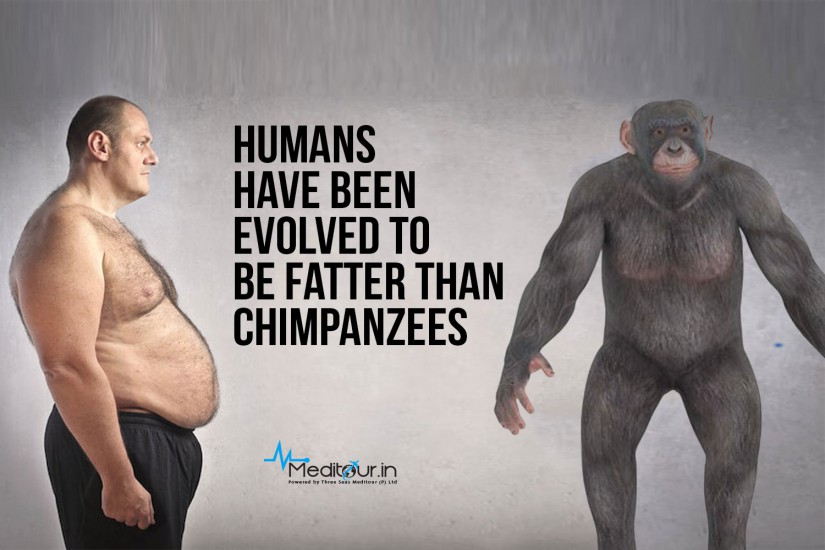Pulse Oximeter: Essential Things to Know
July 19,2021

Humans and chimpanzees have nearly identical DNA sequences but not exactly the same we differ in how their fat cell DNA is packaged. Through a process known as ATAC-seq, a team led by Swain-Lenz and Duke biologist Greg Wray compared fat samples from humans and chimps and concluded that humans have evolved to store fat rather than burn it. This is why the healthy range of body fat for humans lies from 14% to 31% while prime apes have less than 9%. The study identified nearly 780 DNA regions that were accessible in chimpanzees but not present in humans as those regions were bundled up together. They were condensed into coils and loops and tightly wound around proteins. Another factor is that the regions of the genome that help convert the white type of fat (that usually gets stored in our waist and ass) into brown fat which is used to generate heat and keep us warm is present in chimps but not in humans.
The proficient understanding of the above-mentioned facts add to the increasing influx of tourists that aim for medical tourism in Kerala and one of the very first steps that need to be implemented is the use of medical disposables such as probe covers into the general system of health care.